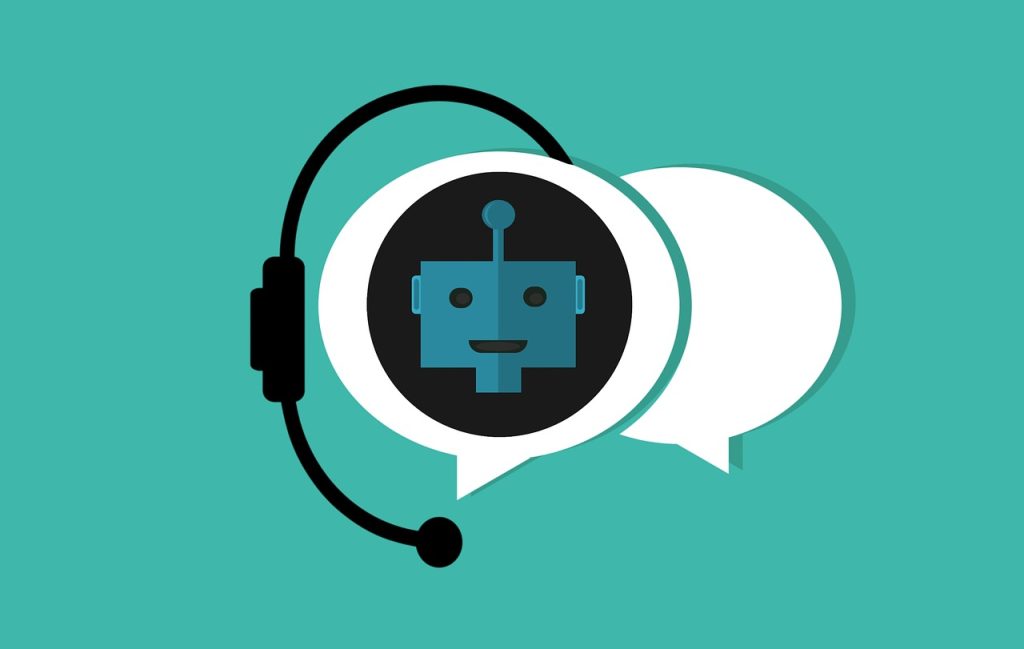Introduction
Chatbot technology has been around for some time now, and many companies have used it to automate customer service. But with the new GPT-3 algorithm, is it possible to create a chatbot that can truly understand natural language? This article will explore the potential of using GPT-3 to make a chatbot more intelligent and interactive.
We know the difference, or we thought we did, between talking to a pre-recorded response system and a human. But with how far AI has come ( even in the past couple of months) it can be hard to feel the difference anymore. We will look at all the aspects of chatbots, AI, GPT-3 in chatbots, and other AI-related customer service services in our article.
What is GPT-3?
GPT-3, short for Generative Pre-trained Transformer 3, is a new type of artificial intelligence (AI) developed by OpenAI that has taken the tech world by storm. This groundbreaking AI uses natural language processing (NLP) to generate humanlike text from data sets that have been pre-programmed into it. GPT-3 is an advanced version of its predecessors, GPT and GPT-2, which used machine learning algorithms to produce more accurate results. With its ability to generate humanlike conversation, GPT-3 could revolutionize how we interact with machines.
The potential applications for this AI are numerous and can range from automated customer service agents to personalized medical diagnoses. Additionally, the AI can be used in creative writing applications and various other areas, such as virtual assistants or even creating natural-sounding audio recordings.
What is a Chatbot?
Chatbots are AI-based computer programs that simulate a conversation with a human. They can understand natural language, interpret user input, and respond in real-time. Chatbots can be used in customer service, technical support, healthcare, finance, and many other industries to provide information or assistance.
Chatbots are becoming increasingly popular due to their convenience and ability to work 24/7 without needing breaks or vacations. In addition to being convenient, they save organizations money by reducing the need for additional employees. There is no limit to how complex the conversations between users and chatbots can become as AI continues to improve over time.
Using GPT-3 (Generative Pre-Training), developers can quickly and easily create sophisticated chatbot applications without extensive coding experience.
Can GPT-3 be Used to Create Chatbots?
Traditionally, creating a chatbot requires coding and programming knowledge, but GPT-3 makes it possible to create AI chatbots without any prior coding experience. This means anyone can use GPT-3 to build their custom chatbot in minutes. So if you are wondering if it is possible to use GPT-3 in a chatbot then resounding answer is YES, for now….

Risks of using AI for your Chat interactions
There are a couple of risks that can come with using AI for your chat which we will go over. As chat is usually between a business and their customers, there might be a need for human touch or considerations that computers just can’t make. Maybe your support needs to bend the business rules a bit with empathy or make a special exception, we aren’t sure an AI system can do that.
There also might be some bias, or coding issues, in your AI chatbot, which could lead to pretty bad results. With how easy it is to share bad user experiences nowadays it might be too risky to have a chatbot talking to your customers. Maybe the input says or interprets something wrong and responds in something a human would never do.
Overall, there are a lot of risks that can come when you automate or even outsource your customer support. As we are in the early days of AI we are sure it will get to the point where everything is perfect, but right now, it might not be the best time to go all in with AI for customer chats.
Pros and Cons of Using GPT-3 for Chatbots
Chatbots are becoming increasingly popular tools for businesses and individuals alike, making it easier than ever to interact with customers, provide customer service, and even automate tasks. The recent release of GPT-3 (Generative Pre-trained Transformer 3) has increased the potential for even more advanced AI capabilities. However, it’s important to consider the pros and cons of using GPT-3 for chatbots before diving in headfirst.
On the plus side, GPT-3 offers an unprecedented understanding of natural language processing (NLP), allowing developers to create chatbots that can understand complex questions posed by users and respond in a meaningful way. Additionally, this type of AI technology is much less expensive than hiring an onsite human team to handle customer support needs. So Pluses- save money and can understand complex things quicker than some humans.
But as we have seen, there are chances that there are mistakes or even tech shortcomings. Imagine your servers go down… now that you have no customer support? You have a virus that wipes your systems out… I guess AI can have sick days? This doesn’t go into the possible PR problems that could occur, so before you dive head first into CHAT AT, make sure you know how deep the water is.
Challenges with Creating GPT-3 Chatbots
Creating GPT-3 chatbots has been a goal for many Artificial Intelligence (AI) developers. Generative Pre-trained Transformer 3 (GPT-3), developed by OpenAI, is a powerful language model that uses machine learning to generate human-like text. While this technology can be used to create virtual assistants and conversational AI capabilities, some significant challenges are associated with creating GPT-3 chatbots.
First and foremost, the sheer complexity of the GPT-3 system presents a challenge. This large machine-learning system requires immense computing power and includes 175 billion parameters. It also relies on natural language processing algorithms. These are continually evolving as new data is added to the model. With so many components working together, it can be difficult for developers to ensure that their chatbot functions properly in all contexts.

But if you are using a back end like GPT-3 it sounds like creating a chatbot isn’t actually that hard at all. So, using someones tech… seemingly easy to integrate to… making your own… probably not the best idea.
Examples of Existing GPT-3 Chatbots
One example of an existing GPT-3 chatbot is the “ChatterBot” developed by Microsoft Research. ChatterBot uses deep learning models that are pre-trained on conversation datasets to enable it to understand user queries and responses accurately.
Conclusion
At the end of this exploration into the potentials of GPT-3, it is clear that GPT-3 can be used to create an effective chatbot with the right programming and application. However, it is important to remember that GPT-3 should be used cautiously. Without proper contextual guidance, GPT-3 can produce nonsensical or inappropriate results. Additionally, there are certain limitations regarding the size and complexity of a chatbot created using this system.
Finally, it is also worth noting that other AI tools, such as Dialogflow, may offer a more comprehensive solution for advanced conversational implementations than what GPT-3 currently offers. Chatbots made using a combination of both systems may prove to be particularly powerful for businesses seeking to engage customers through conversation platforms like Facebook Messenger or WhatsApp.












